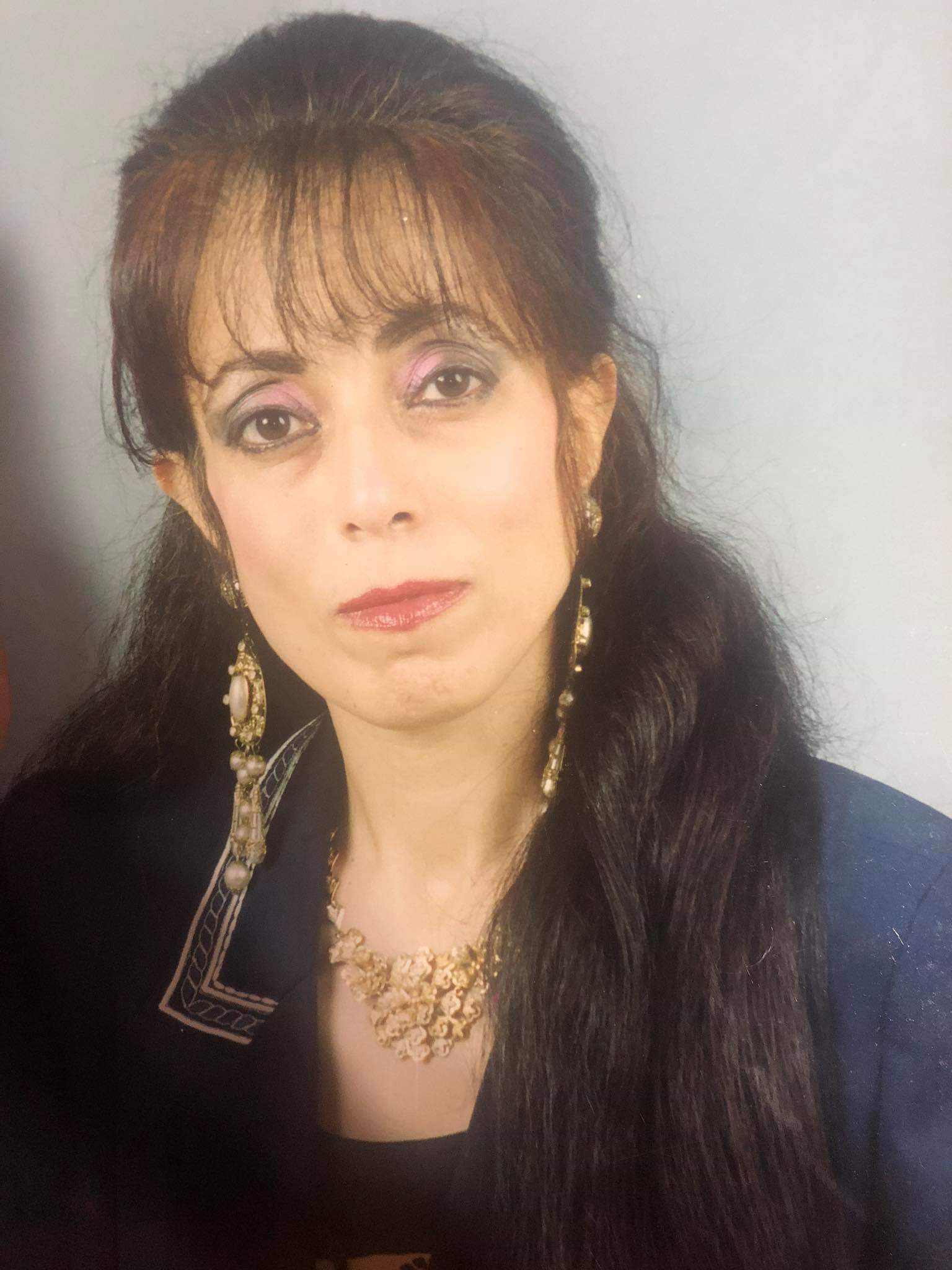The scenes of masked snipers and the lines of contact between Ain El-Remmaneh and Chyah in Beirut brought back the nightmare of the civil war that Lebanon witnessed in the mid-1970s and 1980s, lasting 17 years.
The area in Tabbouna Square, located between the Badaro area which has a Christian population, and the Justice Palace that an armed group from Hezbollah, the Amal Movement and another armed group from the Lebanese Forces party headed, turned into a battlefield. It is no longer known who was shooting at who. The bullets and RPGs were flying from every direction, despite the army’s presence in this sensitive area, which raises questions and gives a strong impression or suggestion that the battle was pre-arranged and not just a demonstration that veered off its peaceful course. This is especially pertinent since it is the same area that the Lebanese civil war was ignited, in Ain El-Remmaneh but, this time, it was between Christians and Shia Muslims and not between Christians and Sunni Muslims, as it was in the previous war. Supporters of both sides were travelling on mopeds and carrying light weapons and voicing sectarian slogans. It seems this was the purpose, or what was needed for sectarian mobilisation, so that the minister for the Amal Movement, Ali Hassan Khalil, who is the political arm of Nabih Berri, calls for an attack on an entire sect!
The two warring parties exchanged accusations against each other. The Lebanese forces blamed the Shia duo for the attack, saying they were the ones who entered a Christian area and began breaking cars and stores and burning homes. Meanwhile, the Shia duo accused Samir Geagea’s forces of opening fire on peaceful demonstrators.
READ: By ignoring Lebanon’s fuel crisis, the Gulf States let Hezbollah lead the way
Regardless of the initiator and which of the two parties is responsible for the attack that resulted in the killing of 7 people and the wounding of many others, the result or meaning drawn from this unfortunate battle is a deep sectarian tension amongst the Lebanese people that is no longer hidden in one’s heart, but which rears its ugly head whenever the opportunity arises. This time, the opportunity was given by Hezbollah Secretary-General, Hassan Nasrallah, when, in his recent speeches, he attacked the judicial investigator, Tarek Bitar, who is charged with investigating the explosion of the port of Beirut. Nasrallah incited against him and threatened to depose him because he summoned minister, Ali Hassan Khalil, and issued a warrant for his arrest. This caused mayhem and did not sit well with the two Shia allies. He sent his security official, Wafeeq Safa, to the Justice Palace to threaten the judge and gave the cabinet a choice between suspending and dismissing Judge Bitar. This, then, led to supporters of the two sides taking to the street as a form of terrorism by confronting the Justice Palace with the same coup logic and using weapons, intimidation and violence to overthrow the course of justice in the Beirut port bombing. This is exactly what it did in the events of May 2008, when Hezbollah extended its military control over Beirut to control the repercussions of the killing of the late Prime Minister, Rafik Hariri, and after the October 2019 uprising, when his partisan partners attacked the demonstrators and destroyed their tents in central Beirut.

At least six people have been killed in a shooting during a a protest in Beirut, Lebanon – Cartoon [Sabaaneh/Middle East Monitor]
In this stormy session, the Minister of Culture, Mohamed Radi, repeatedly shouted and said defiantly, “I am going to take Hassan Khalil to Manara and we’ll see if anyone can stop me.” The president, Michel Aoun, commented, “Looks like he is threatening us; we will not be threatened in this manner of speaking.” He then replied, “I am not threatening, I am warning that you’re about to see something strange in the country; something you’ve never seen in your life.”
Truth be told, after this threat, Lebanon did experience strange and important events. It is as if this is a rehearsal for an upcoming civil war being planned.
It is unfortunate that the horrific port explosion is being politically exploited and it is clear that Hezbollah wants to close the file and turn the page completely. Why is the party afraid of the investigation, as long as it claims that the ammonium nitrate, which has been stored for years and which caused the massive explosion and left hundreds of Lebanese dead and wounded, did not belong to it or to Syria? It is strange and suspicious.
The conflict in Lebanon extends to a conflict between two axes and two plans, but the victim is always the Lebanese people, as if they are threatened with torment, adding the sounds of bullets and missiles to their dark nights and rough days.
READ: As anniversary of Beirut blast approaches, Lebanese relive ‘indescribable pain’
The views expressed in this article belong to the author and do not necessarily reflect the editorial policy of Middle East Monitor.

![Protesters gather at Martyrs' Square and march towards Beirut Port where a massive explosion took place on the 4th of August, on the second anniversary of the Oct. 17 demonstrations in Beirut, Lebanon on October 17, 2021. [Hussam Shbaro - Anadolu Agency]](https://i0.wp.com/www.middleeastmonitor.com/wp-content/uploads/2021/10/20211017_2_50480620_69743298.jpg?fit=920%2C613&ssl=1)







